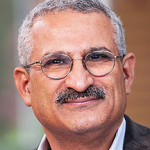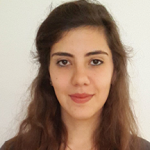In a nutshell
- A substantial proportion of the Syrian refugee in Jordan (77 percent) receives either food vouchers or cash transfers provided by various UN agencies.
- We estimate that 12 percent of Syrian refugee households are multi-dimensionally poor; 20 percent in camp settings, and 10 percent in non-camp settings.
- A much higher proportion (48 percent) have at least one multi-dimensional deprivation; 83 percent in camp settings and 40 percent in non-camp settings.
- 37 percent of multi-dimensionally poor refugees, in both camp and non-camp settings, have no access to transfers of any type; a rate of exclusion that is nearly 1.5 times higher than for those with no multi-dimensional vulnerabilities.
- Within camps, this exclusion is associated with having an older household head, having a female head, and living in more crowded quarters. It is also related with lack of access to health care and health insurance
- Outside the camp setting, it is associated with lack of registration as a refugee, living in non-standard housing, having no educated members in the household, having an older household head, and not living in the northern region of Jordan, where most refugees and services targeting them are concentrated. Several of these factors are in turn associated with lack of registration as a refugee.

Research Fellows
Ragui Assaad
Professor and Freeman Chair for International Economic...

Speakers
Vishal Jamkar
PhD Candidate, Public Affairs, Humphrey School of...



